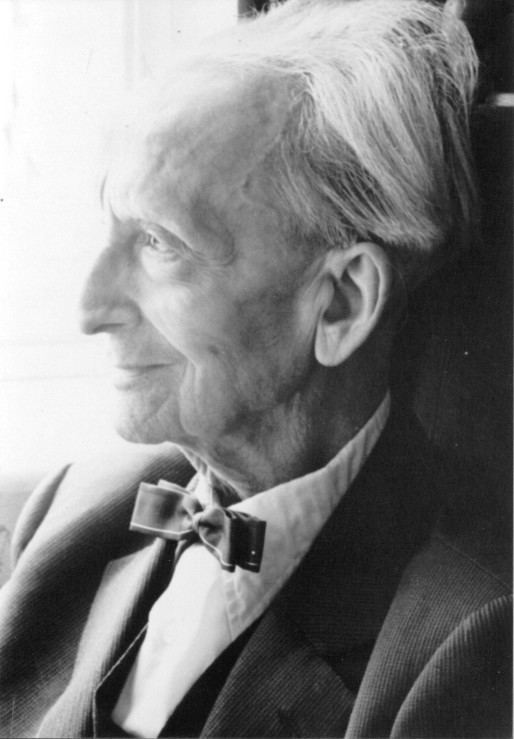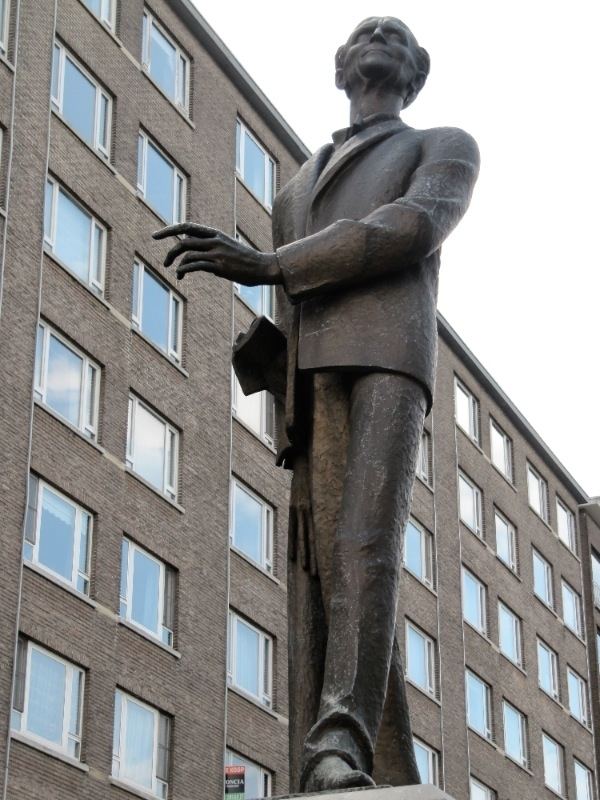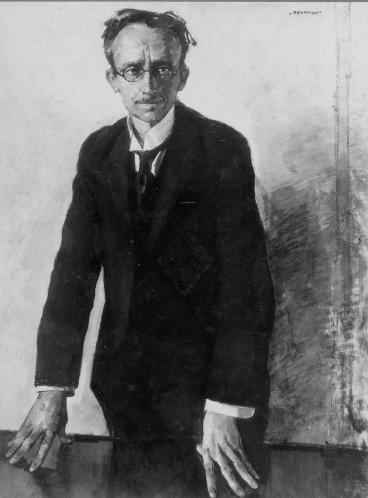Monarch Charles (Regent) Alma mater University of Liege Preceded by Jules Poncelet Education University of Liege | Role Belgian Politician Name Camille Huysmans | |
 | ||
Died February 25, 1968, Antwerp, Belgium | ||
Camille huysmans 1968
Jean Joseph Camille Huysmans (born as Camiel Hansen 26 May 1871 – 25 February 1968) was a Belgian politician.
Contents
- Camille huysmans 1968
- Film camille huysmans in georgi
- Functions
- Honours
- Correspondence with Lenin
- References

Huymans studied German philology at the University of Liège. He was a teacher from 1893 until 1897. In between these years he studied for his doctorate in German philology.

Huysmans joined the Belgische Werkliedenpartij (BWP), the predecessor of the Belgische Socialistische Partij (BSP) at a young age. He became a journalist for many socialist periodicals until 1904 and was thereafter active in the labour unions.

Between 1905 and 1922 Huysmans was secretary of the Second International. In that function he had many contacts with Sun Yat-sen, the leader of the first Chinese revolution, in 1911. His main task was creating an active peace function. At the Socialist Conference in Stockholm in 1917 he pleaded against continuing the war.

He was a fighter for the Flemish movement and fought for using Dutch at the University of Ghent. As Minister of Arts and Education he could pave the way for the Dutch language. In 1911 he proposed a bill, drafted by Lodewijk De Raet, together with the Roman Catholic Frans Van Cauwelaert and the liberal Louis Franck for the usage of Dutch at the University of Ghent. However, due to World War I, the University of Ghent would become a Flemish university only in 1930.

In World War II he fled to London. He regained the function as secretary between 1939 and 1944, also as acting chairman. After World War II (at age 75) he became the 34th Prime Minister and led a government of socialists, liberals and communists. With an insufficient majority, this government lasted not long. In the next government, he was Minister of Education.
In domestic affairs, a raft of progressive reforms were carried out during Huysmans's time as 34th Prime Minister. A Ministerial Order of October 1946 laid down special provisions for safeguarding workers in wire rope factories, while an Order was passed in December 1946 for factories manufacturing sugar and molasses alcohol which contained health and safety provisions. In January 1947, legislation was passed providing for a uniform allowance for the children of disabled workers, and legislative Orders were issued in January and February 1947 providing for the establishment of a National Office for the Co-ordination of Family Allowances. In addition, a legislative Order of the 28th of February 1947 supplemented and amended the provisions of an August 1930 law by extending the scope of family allowances for wage-earners, while another Order issued that same month authorised the National Association for Cheap Housing to raise a loan of one thousand million Belgian francs to contribute towards the costs of a housebuilding programme for miners.
He remained very popular until old age. The national tribute for his 80th birthday attracted 100,000 visitors. At the age of 83 he became chairman of the Chamber of Representatives (lower house). He was a freemason, and a member of the lodge Les Amis Philanthropes of the Grand Orient of Belgium in Brussels.
Huysmans is considered a friend of the Jewish people, mainly due to his friendly attitude towards Jewish immigrants in Antwerp in the years 1920–1940 and the Zionist movement. Some streets and neighbourhoods in Israel bear his name.
Film camille huysmans in georgi
Functions
Honours
Correspondence with Lenin
In his first term as secretary of the Second International he corresponded with Lenin between 1905 and 1914. The letters were published in 1963.
